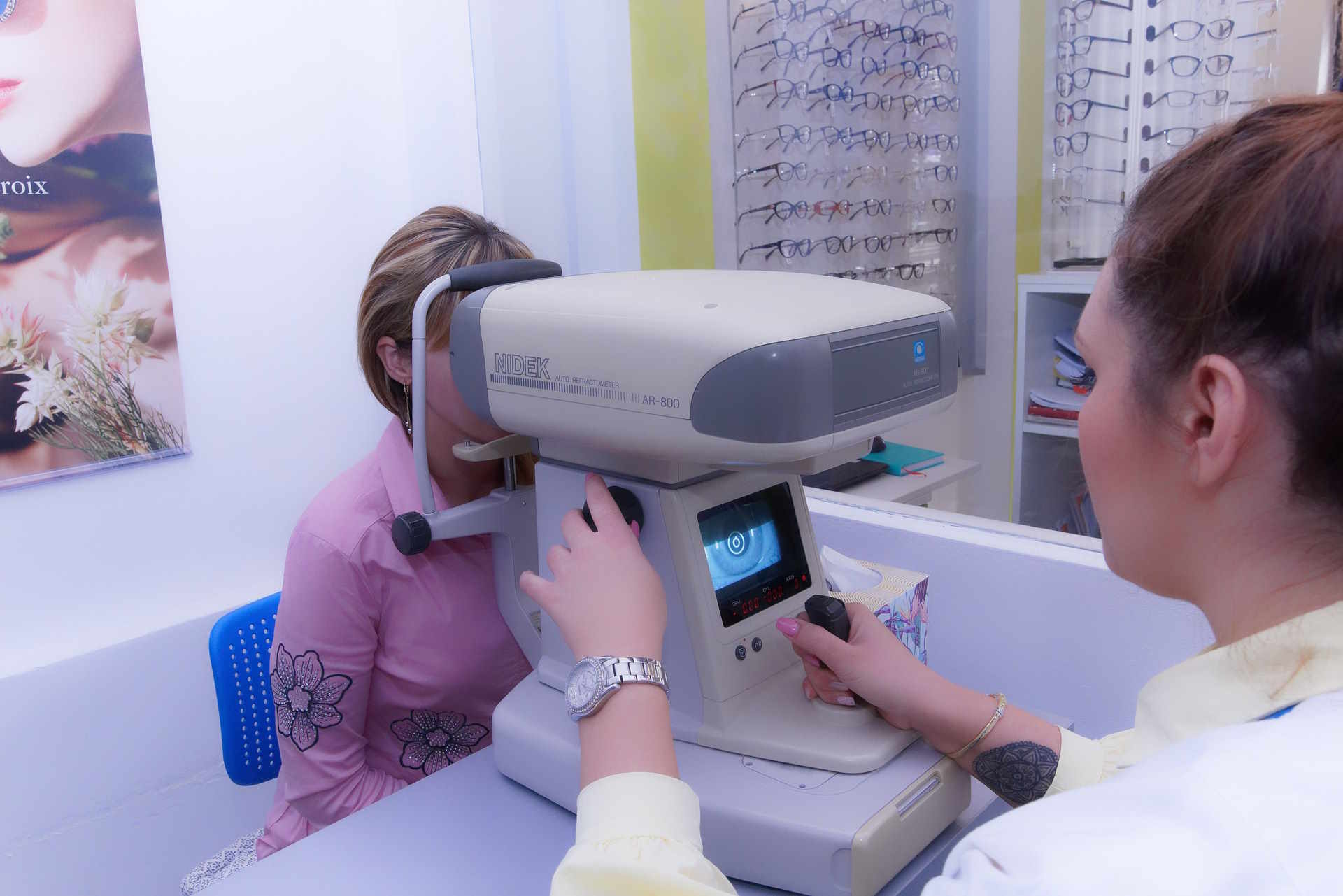Discover the Freedom of Clearer Vision with LASIK
LASIK eye surgery is one of the most advanced and popular options for people who want to reduce their dependence on glasses or contact lenses.This article explores how LASIK works, what benefits it offers, and what to consider before deciding if it’s right for you.It provides a clear, trustworthy overview —avoiding exaggerated claims — to help readers make an informed choice about vision correction.

Vision correction has evolved dramatically over the past few decades, offering solutions that go beyond traditional eyewear. For those tired of the limitations that come with glasses or contacts, surgical options have become increasingly accessible and refined. The journey toward clearer vision begins with understanding the procedure itself, evaluating personal needs, and setting realistic expectations about results and recovery.
What Is LASIK and How Does It Work?
LASIK, which stands for Laser-Assisted In Situ Keratomileusis, is a refractive surgery designed to correct common vision problems such as nearsightedness, farsightedness, and astigmatism. The procedure works by reshaping the cornea, the clear front surface of the eye, to improve how light rays focus on the retina. During the surgery, an eye surgeon creates a thin flap in the cornea using either a specialized blade or a femtosecond laser. This flap is then lifted, and an excimer laser removes precise amounts of corneal tissue according to the patient’s specific prescription. Once the reshaping is complete, the flap is repositioned, where it naturally adheres without the need for stitches. The entire process typically takes about 10 to 15 minutes per eye, and most patients experience improved vision within 24 hours.
Common Reasons People Consider LASIK
People pursue vision correction surgery for various practical and lifestyle reasons. Many find that glasses interfere with physical activities, sports, or outdoor pursuits where frames can slip, fog up, or break. Contact lens wearers often experience discomfort, dryness, or recurring infections that make daily wear challenging. Professional considerations also play a role, particularly for those in fields where uncorrected vision or eyewear pose safety concerns or performance limitations. Beyond convenience, some individuals simply prefer the aesthetic and psychological freedom of not relying on corrective lenses. The decision often stems from a combination of functional needs and personal preferences, with the goal of simplifying daily routines and expanding lifestyle options.
The Benefits of Modern LASIK Technology
Technological advances have significantly improved the safety, precision, and outcomes of vision correction procedures. Wavefront-guided technology creates a detailed map of the eye’s unique imperfections, allowing for customized treatment that addresses not only basic refractive errors but also higher-order aberrations that affect visual quality. Bladeless techniques using femtosecond lasers have reduced complications associated with flap creation and enhanced healing times. Modern diagnostic equipment enables surgeons to screen candidates more thoroughly, identifying those most likely to achieve optimal results while advising against surgery when risks outweigh benefits. These innovations have contributed to high satisfaction rates, with many patients achieving 20/20 vision or better and experiencing minimal discomfort during recovery. The refinement of surgical protocols has also reduced the incidence of side effects such as dry eyes, halos, and glare, though these remain possible in some cases.
What to Expect Before and After Surgery
The journey begins with a comprehensive eye examination to determine candidacy. This evaluation includes measuring corneal thickness, mapping corneal topography, assessing tear production, and checking for underlying eye conditions that might affect outcomes. Patients are typically advised to discontinue contact lens wear for a period before the exam, as lenses can temporarily alter corneal shape. On the day of surgery, numbing drops are applied to ensure comfort, and patients remain awake throughout the brief procedure. Most people experience mild pressure and see blurring or dimming during the laser application, but pain is uncommon. Immediately afterward, vision may be hazy or watery, and sensitivity to light is normal. Protective eyewear is usually worn for the first night to prevent accidental rubbing. Follow-up appointments allow the surgeon to monitor healing, typically scheduled for the day after surgery, one week later, and at regular intervals over several months. Most patients return to normal activities within a few days, though strenuous exercise and swimming are generally restricted for a few weeks.
Is LASIK Right for You?
Determining suitability requires careful consideration of multiple factors. Ideal candidates are typically over 18 years old with stable vision prescriptions for at least one year. Corneal thickness must be adequate to safely remove tissue without compromising structural integrity. Certain medical conditions, including autoimmune disorders, uncontrolled diabetes, and chronic dry eye, may disqualify candidates or require additional management. Pregnant or nursing women are advised to postpone surgery due to hormonal fluctuations that can affect vision. Realistic expectations are crucial, as while many achieve excellent results, perfection cannot be guaranteed, and some may still require reading glasses as they age due to natural presbyopia. A thorough consultation with a qualified ophthalmologist provides personalized assessment and helps individuals weigh potential benefits against risks based on their unique circumstances.
Conclusion
Vision correction surgery represents a significant decision that combines medical considerations with personal lifestyle goals. By understanding the mechanics of the procedure, recognizing the reasons people pursue it, appreciating technological advancements, knowing what the surgical experience entails, and honestly evaluating candidacy, individuals can approach this choice with confidence and clarity. While not suitable for everyone, those who qualify often find that the investment in clearer vision enhances daily life in meaningful ways, reducing dependence on corrective lenses and opening new possibilities for work, recreation, and personal comfort.
This article is for informational purposes only and should not be considered medical advice. Please consult a qualified healthcare professional for personalized guidance and treatment.




